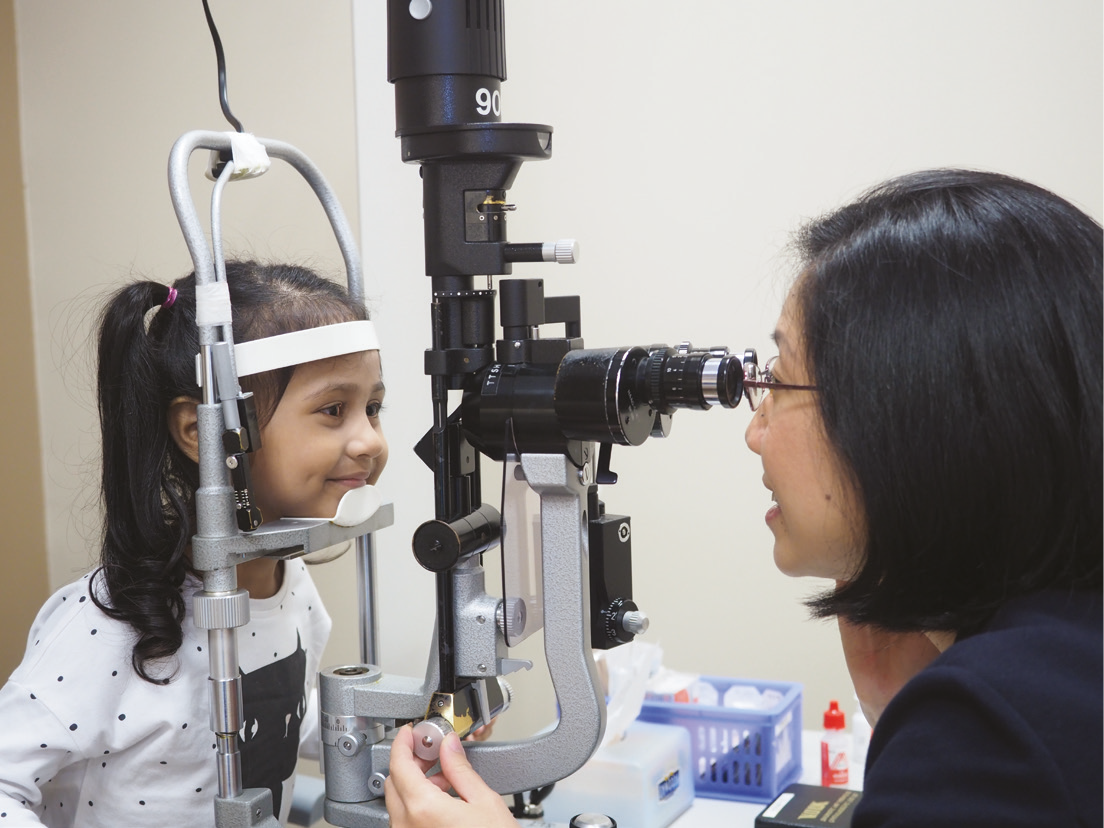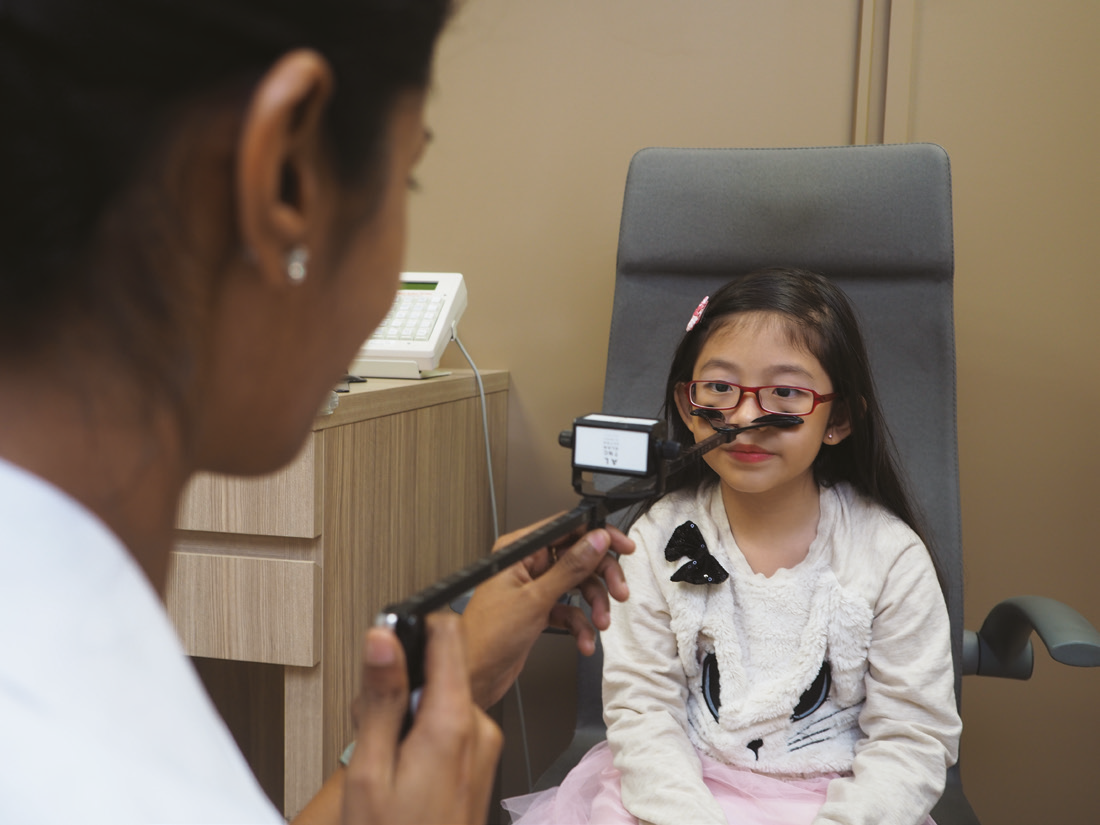What is Strabismus/Squint?
Strabismus is present when both eyes are not looking in the same direction and when both eyes are not aligned. Strabismus is also known as a “squint”.
The direction of eye misalignment in strabismus can be horizontal, vertical, torsional or combined. A large-angle strabismus usually appears obvious. Small-angle strabismus is usually harder to detect and requires special testing by an ophthalmologist.
Horizontal Strabismus/Squint
- Inward turning of one or both eyes towards the nose (esotropia)
- Outward turning of one or both eyes towards the ear (exotropia)
Vertical Strabismus/Squint
- One eye is higher than the normal eye (hypertropia)
- One eye is lower than the normal eye (hypotropia)
Torsional Strabismus/Squint
- Rotation or tilting of one or both eyes
- Incyclotropia or excyclotropia
Causes of Strabismus/Squint
Strabismus can occur in infants, children and adults. Most strabismus occurs due to an imprecision in the brain and neuromuscular control of eye movement.
Moderate to high amounts of power (usually longsightedness) in the eyes can cause strabismus to develop. Strabismus can also develop if there is poor vision in eye, and that eye becomes misaligned over time.
Strabismus can occur as a result of nerves and eye muscles that are not functioning properly. This can be due to thyroid abnormalities, myasthenia gravis, facial and orbital fractures, and other neurological problems such as strokes, cerebral palsy and head trauma.

Effects of Strabismus/Squint
Strabismus can be present all the time (constant) or present sometimes (intermittent).
When
strabismus is constant in infancy or childhood, the squinting eye is not used to see and this can lead to poor vision in that eye, or
amblyopia (lazy eye).
Strabismus can also lead to absent or defective
stereopsis (3-dimension and depth perception). Patients with strabismus may tend to keep an abnormal head position (such as a head tilt or a face turn) to keep their eyes aligned. In addition, older children and adults with strabismus may experience
diplopia (double vision).
Strabismus can affect the
appearance and
self-confidence of the patient.
Eye-contact and
communication with others may be affected as well.
How is Strabismus/Squint Treated?
Any infant, child or adult with strabismus should
be assessed
by an ophthalmologist (eye doctor). If an underlying cause of strabismus is suspected, additional
blood tests and
neuro-imaging may be performed.
Treatment is generally aimed
at improving the alignment of the eyes so that they can work better together, in order to
restore or improve binocular vision. Treatment can also be aimed at
elimination or
improving abnormal head posture and
double vision and
improving eye-contact with others.
The type of treatment depends on the age of the patient, onset and duration of strabismus, nature of the strabismus and the binocular potential (the ability to use both eyes together) among many other factors.

Treatment Modalities Include:
- Full-time wear of
prescription spectacles to maximise vision
- Treatment of amblyopia (lazy eye) with
eye patchin
-
Eye muscle exercises to strengthen the eyes
-
Special spectacle filters and
prisms for double vision
-
Botulinum toxin to align the eyes
-
Eye muscle surgery to align the eyes

